Size: Single plant| Pot Included | Free Shipping
The Monstera Mint is a rare and very expensive plant that was recently sold at auction at a whopping price of $15,000!
Nope, that is not a typo, nor did it overdo the zeros. That’s a high price of $15k.
Of course, this was not an ordinary plant.
Instead, it is very rare. And the specific plant was a big one that was very well taken care of. Its leaves were big and beautiful while its variegations were amazing.
Fertilizer needs
During its active growing period, apply a slow-release fertilizer to the mint Monstera once or twice a month. For the best results, choose a fertilizer designed for tropical houseplants. When you apply the fertilizer, do so about 4 to 6 inches away from the Monstera’s base.
Another option is to use organic matter to feed the Monstera instead. If you compost, for example, you can use it to fertilize all your Monstera plants, even the indoor ones. If you don’t currently have a compost pile, simply use the green waste that your household has, such as used coffee grounds, eggshells, and fruit peels.
Humidity
This tropical plant thrives in areas with high humidity, and you will need to recreate that tropical rainforest type environment for the mint Monstera. Aim for a humidity level that is 65% or higher.
One of the easiest ways to increase the humidity level in your home is to purchase a humidifier, which is a small appliance that puts water back into the air. These devices are available in various sizes and price ranges, and are often used by indoor gardeners.
Another option is to create a pebble tray by lining the bottom of a shallow tray with tiny pebbles. Fill the tray with water and then place the mint Monstera on top. The water inside the tray will evaporate into the air, which then increases the humidity around the houseplant.
Temperature
Mint Monstera is native to the rainforests in tropical America, which means this plant needs an abundance of warmth and sunshine all year long. While it is typically grown indoors, gardeners who live in USDA Plant Hardiness Zones 9B to 11 can also grow this variegated mint Monstera outside.
When growing the plant indoors, you will need to maintain your Monstera’s temperature between 60 and 80 degrees Fahrenheit. In addition, the plant will need to be kept in an area where it won’t experience drafts or extreme fluctuations in temperature.
Even when grown indoors, the mint Monstera can still be taken outside on warm days. Just make sure that the temperature is above 50-degrees and that the plant is not in direct sunlight. If you notice the temps are starting to fall, quickly bring the Monstera back in to prevent cold damage.
Soil requirements
Mint Monsteras will need a well-drained soil that is light and airy. There are various commercial potting soils available designed specifically for tropical houseplants, such as Monstera.
You can also make your own potting soil using the following recipe:
- 10-percent Sphagnum moss
- 10-percent Perlite
- 10-percent Vermiculite
- 10-percent Coco Coir
- 20-percent Peat moss
- 40-percent Pine bark chips
Mix the ingredients together in a container and use whenever you plant, transplant, or repot your mint Monstera. Make sure to thoroughly water the plant after potting in the soil. Any unused soil mixture can be kept in an airtight container out of direct sunlight and away from direct heat.
Growing container
Mint Monstera isn’t too picky when it comes to its growing container, though you will need to grow the plant in a pot that has drainage holes along the bottom of the pot. Some pots have their holes located along the side near the bottom of the container. This isn’t ideal since it still lets excess water sit at the bottom of the pot.
Instead, select a pot or container that has drainage holes directly on the bottom. This will allow all excess water to drain out without first having to reach a certain level.
For best results, the container should also be 2 to 3 inches larger than the mint Monstera’s root ball. This provides the plant with plenty of extra growing room. It also reduces the amount of times you have to repot the plant into a larger container because it outgrew the current one.
Repotting/transplanting mint Monstera
Sometimes, the mint Monstera gets too big for its britches and needs to be repotted into a larger container. While repotting can help keep the plant healthy, avoid transplanting the Monstera too often. A good general rule of thumb is to only repot or transplant if the plant has outgrown its current container or an emergency, such as overwatering the plant, occurs.
If it is time to repot the Monstera, make sure you use a new container that is around 2-inches larger than the plant’s old one. This will give the mint Monstera some extra room to grow. Repot the plant in fresh potting soil and water deeply after the transplantation process.
When you do repot the plant, work slowly and carefully so as to not damage the plant’s roots. If you find any dead roots, carefully snip them off with a pair of pruning shears before repotting the plant.
Pests
Houseplants typically do not deal with nearly as many pests as outdoor plants. But that doesn’t mean they are immune to them. With that said, however, most pests that attack your mint Monstera can be quickly and easily dealt with.
Mealy bugs, spider mites, aphids, and gnats are the most common pests you will find on mint Monstera. These bugs are more of an annoyance than a serious problem, but you should take action as soon as you notice your Monstera has a problem. Applying insecticidal soap or horticultural oil is usually the best option for these pests.
You can help prevent pests from occurring in the first place by practicing good care and maintenance for the Monstera plant. Regularly tidy up around the plant, making sure to pick up and dispose of any fallen plant debris, such as leaves. Furthermore, pests are attracted to unhealthy plants, and ensuring your mint Monstera is healthy will help keep pests at bay.
Find out more: 12 Most Common Monstera Pests and Diseases (to Get Rid of)
Diseases
Root rot is the most common disease that affects all Monstera plants, including mint Monstera. This problem occurs when the plant is overwatered and the roots become water logged. The good news is that there is an easy way to prevent this from occurring: avoid overwatering the plant.
Making sure you only water the plant when the top two inches of soil is dry and growing the Monstera plant in well-draining soil in a pot with drainage holes at the bottom will go a long way to preventing root rot in your Monstera.
Once root rot has set in, trying to get rid of it can be extremely difficult. The mint Monstera will need to be reported in fresh soil and all dead or diseased roots will need to be removed. The best defense against root rot is prevention.
Only logged in customers who have purchased this product may leave a review.

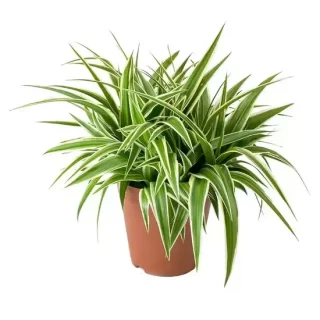
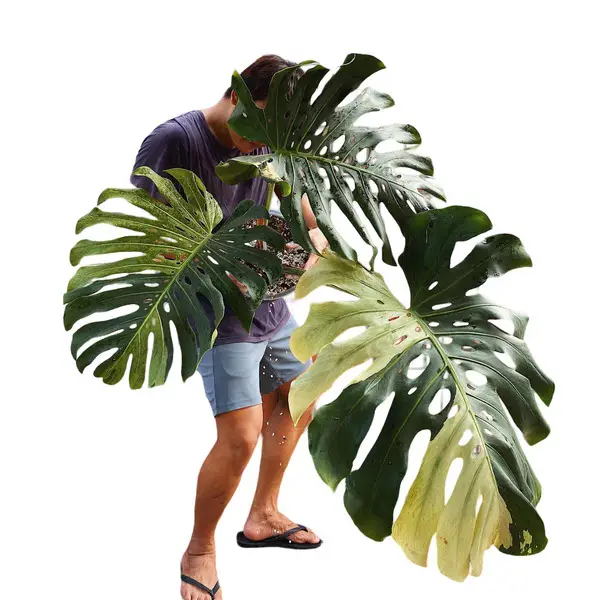
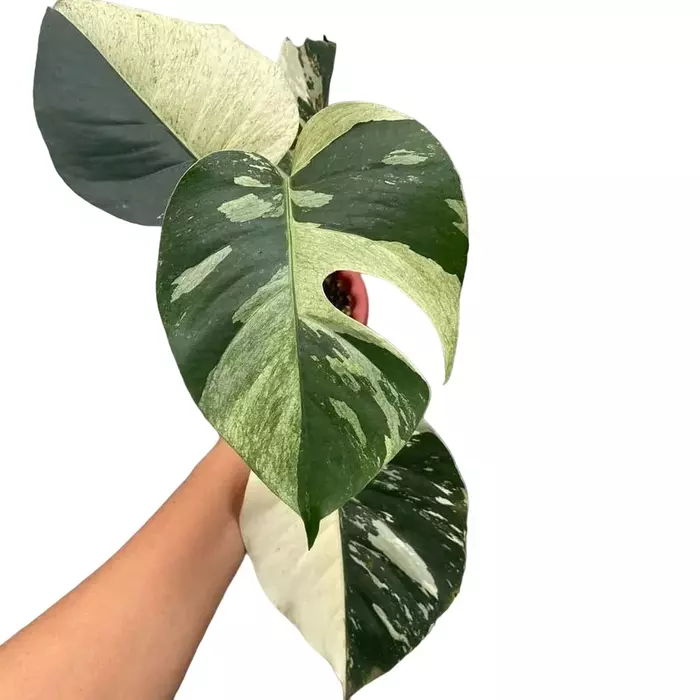
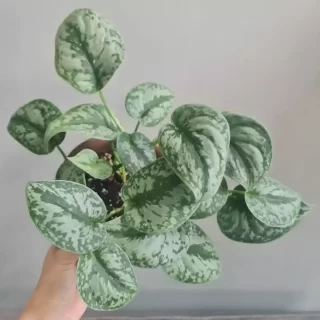
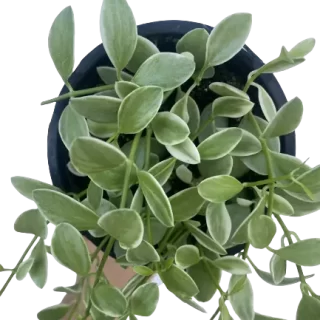
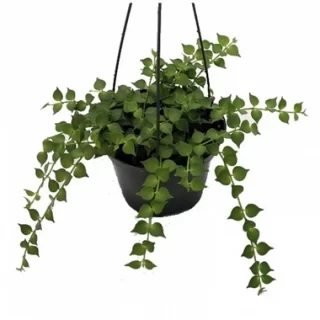
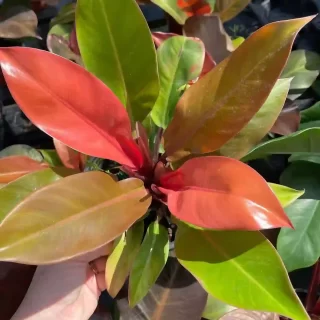
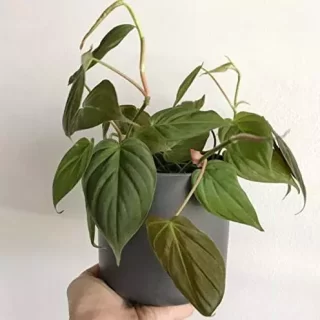
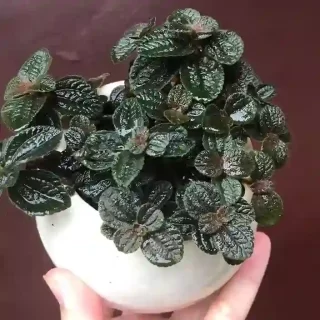
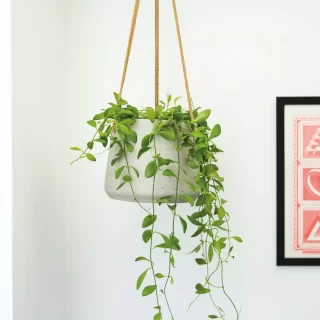
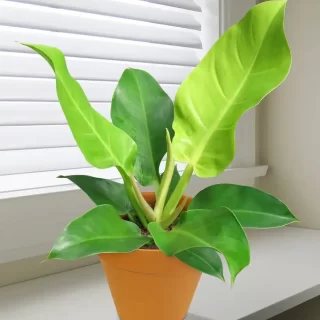
 If you need any assistance, I'm always here. Have you found what you were looking for?
If you need any assistance, I'm always here. Have you found what you were looking for?
Reviews
There are no reviews yet.